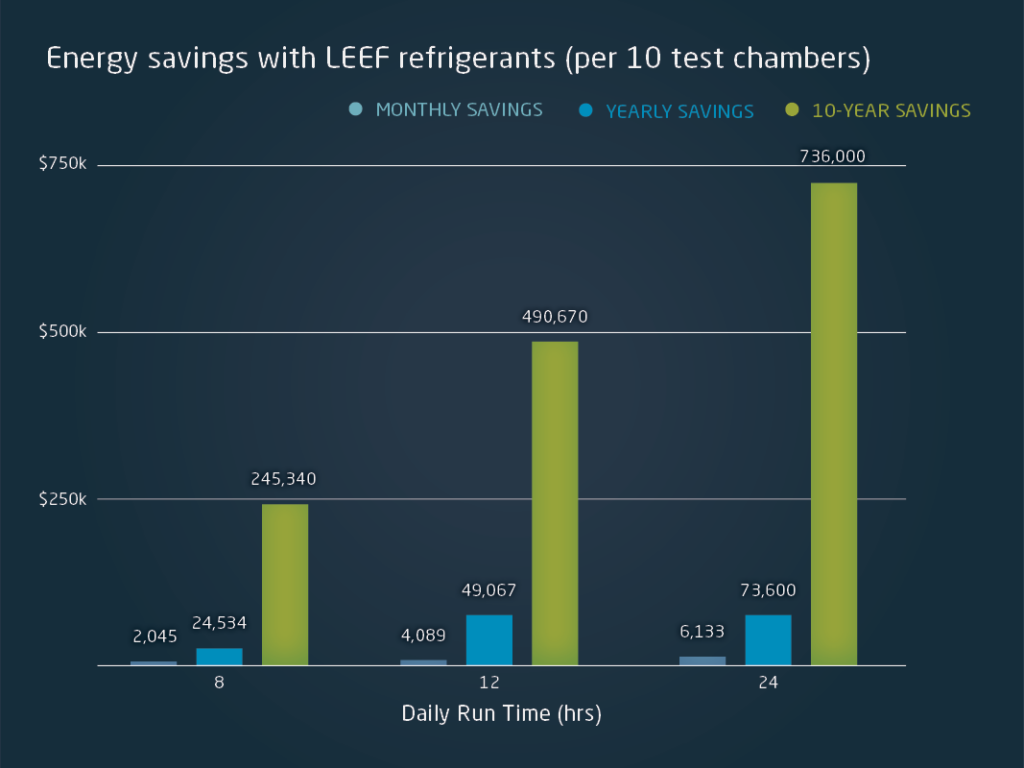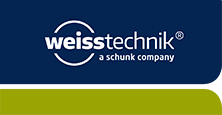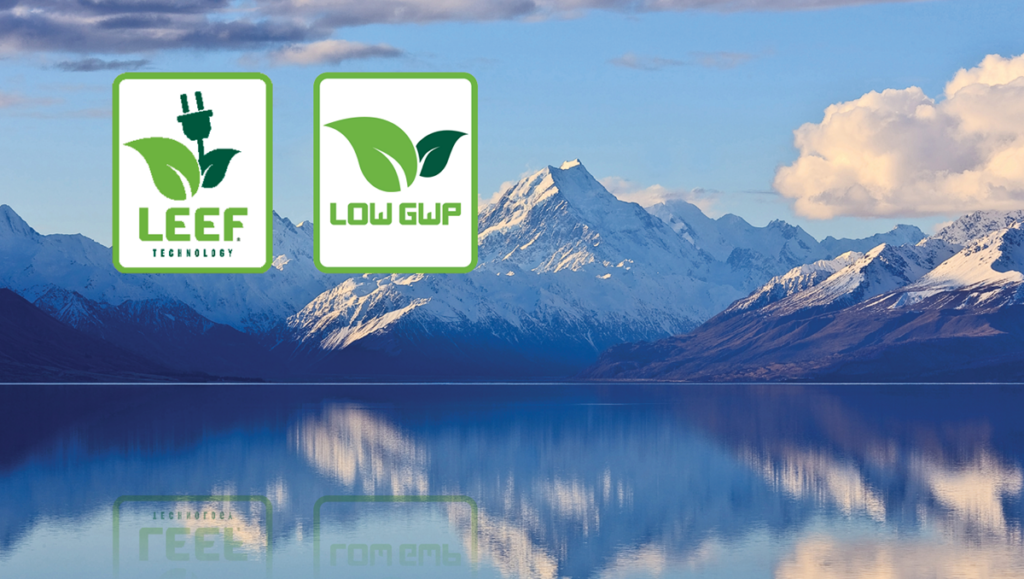The American Innovation and Manufacturing (AIM) Act is a piece of legislation aimed at addressing climate change by phasing down the use of hydrofluorocarbons (HFCs), potent greenhouse gases commonly used in refrigeration and air conditioning systems. Signed into law in December 2020, the AIM Act mandates an 85% reduction of HFC production and consumption by 2036. This legislation aligns with global efforts to combat climate change, particularly the Kigali Amendment to the Montreal Protocol, which seeks to reduce HFCs due to their significant global warming potential. Not only does the AIM Act plan to mitigate global warming but also enhance U.S. leadership and competitiveness in the global refrigeration market by promoting the development and adoption of lower global warming potential (GWP) technologies. 1
The AIM Act mandates a gradual reduction in HFC production and consumption, targeting an 85% decrease from baseline levels by 2036. The phasedown schedule began in January 2022, with specific reduction targets set for subsequent years:
- 10% reduction by January 2022
- 40% by January 2024
- 70% by January 2029
- 80% by January 2034
- 85% by January 2036 2
Refrigerants
R-404A is a hydrofluorocarbon (HFC) refrigerant blend commonly used in refrigeration systems for test chambers. With a high global warming potential, R-404A stores 3,922 times more energy than equal amounts of CO2. This means that it is significantly more potent as a greenhouse gas compared to carbon dioxide.
Due to its high GWP, R-404A is subject to increasing regulatory pressures, like the AIM Act, geared towards reducing its use and promoting lower-GWP alternatives. 3
R-449A, also known as Opteon™ XP40, is a refrigerant blend designed as a lower global warming potential (GWP) alternative to traditional refrigerants. R-449A has zero ozone depletion potential and approximately 64% lower Global Warming Potential than R-404A, aligning with the goals of the AIM Act and serving as a more environmentally friendly option for refrigeration applications. 4
Lower GWP Refrigerants at Weiss Technik
At Weiss Technik North America, we have embraced the AIM Act’s objectives by integrating low-GWP refrigerants into our environmental test chambers. In 2018, we became the first manufacturer to replace high GWP refrigerants with R-449A. Users with existing Weiss Technik North America chambers are now able opt for mechanical and software modifications to upgrade the refrigeration system allowing it to utilize R-449A. By ensuring that our products exceed current and anticipated regulations, Weiss Technik is not only ahead of the HFC phasedown, but also helps customers navigate the changing landscape of future refrigerant regulations
With adoption of low GWP refrigerants, our innovative LEEF (Leading Energy Efficiency Footprint) Technology with R-449A, is now standard in all our environmental chambers equipped with cascade refrigeration systems. LEEF Technology enhances testing accuracy by up to 70%, reduces test times, and achieves energy savings of up to 40%. Figure 1 illustrates the savings in energy costs for chambers using LEEF Technology. For instance, a customer operating ten environmental test chambers eight hours a day can save approximately $2,045 per month, equating to over $24,500 annually. Over a decade, these savings accumulate to an impressive $245,340.

As the EPA establishes regulations for managing and transitioning away from HFCs, Weiss Technik is well-positioned to lead the industry in adopting low-GWP refrigerants. Our use of R-449A not only complies with current regulations but also anticipates future restrictions. By prioritizing low-GWP refrigerants and LEEF technology, Weiss Technik stays ahead of regulatory requirements and contributes to a more sustainable future. This proactive approach allows us to modernize testing environments, reduce operational costs, and enhance environmental stewardship.
As the AIM Act continues to shape the landscape of refrigerant use in the United States, Weiss Technik North America remains committed to innovation and sustainability. Our adoption of low-GWP refrigerants and advanced LEEF technology exemplifies our dedication to reducing environmental impact while maintaining high performance and reliability in our environmental testing solutions. By choosing Weiss Technik, you’re not just keeping pace with regulatory changes; you’re investing in a greener, more efficient future.

